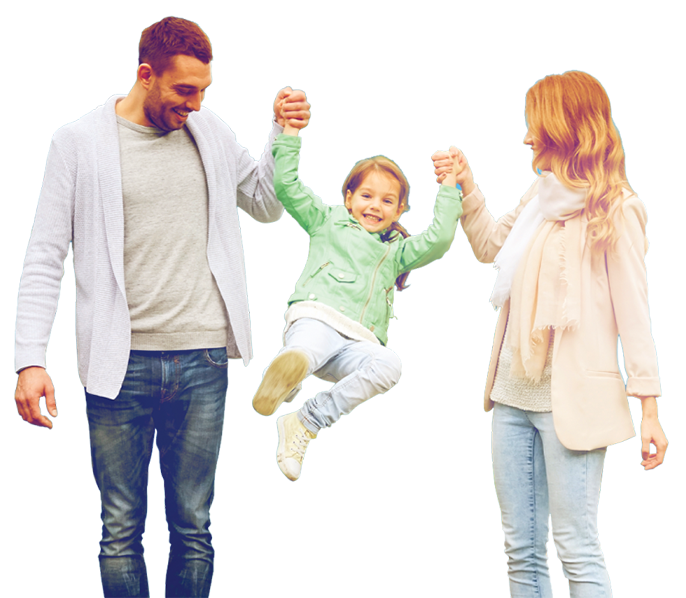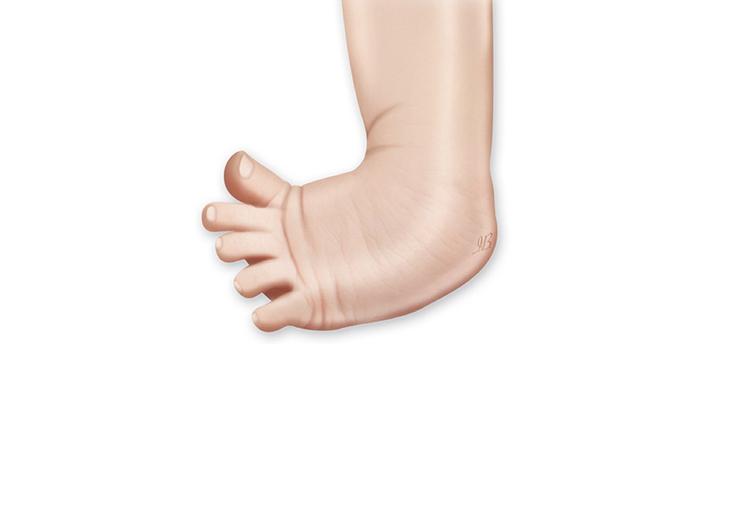Clubfoot is diagnosed when a baby’s foot is twisted down and in. Usually present at birth, infant clubfoot occurs in about 1.3 out of 1,000 births (0.13%) and is usually an isolated problem for an otherwise-healthy baby. About half of children with clubfoot have the condition in both feet.
Infant clubfoot causes
The cause is at least partly genetic, because it is known to run in families. Otherwise it is not known, but it might happen when muscles are not even in the lower leg.
Infant clubfoot symptoms
In clubfoot, the top of the foot usually twists down and in. The arch is high, and the heel also turns in. In more-severe cases, the foot might actually look upside-down. Even though clubfoot may shorten the foot and affect normal growth of the calf muscles, clubfoot itself doesn’t actually cause discomfort or pain.
Infant clubfoot diagnosis
A doctor can usually diagnose infant clubfoot based on how the foot looks after birth or sometimes also during routine ultrasound scans during pregnancy. In some cases, an X-ray may be needed to determine the severity of the condition.
What are clubfoot treatment options?
Clubfoot hinders normal walking so treatment should begin soon after birth. The most common clubfoot treatment method involves stretching and casting (to hold the new position of the foot), performed repeatedly over several months, followed by minor surgery to lengthen the Achilles tendon under local anesthetic (Ponseti method). Stretching and use of special shoes and braces may be needed for up to three years after the surgery. Most children treated this way will have pain-free, normal-looking feet that function well.
However, severe clubfoot that has not gotten better with stretching and casting may need surgery and possibly the use of an external fixator, which can be used to help reshape muscles and other soft tissues over the course of several months to one year. In most cases, babies who are treated early are able to wear ordinary shoes and participate in normal activities when they are older.
Clubfoot complications
Even after clubfoot treatment, once your child starts to stand and walk, mobility may be slightly limited. In addition, shoe sizes may differ between the clubfoot and the unaffected foot. If left untreated, your child is likely to have a lack of normal muscle growth, arthritis, inability to walk normally and, perhaps, self-esteem issues related to how the foot looks.
 Share on facebook
Share on facebook
 Share on twitter
Share on twitter
 Share on linkedin
Share on linkedin
 Share on email
Share on email

